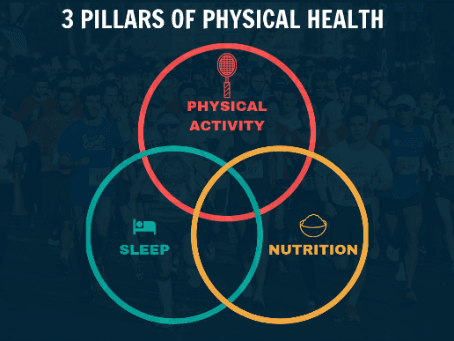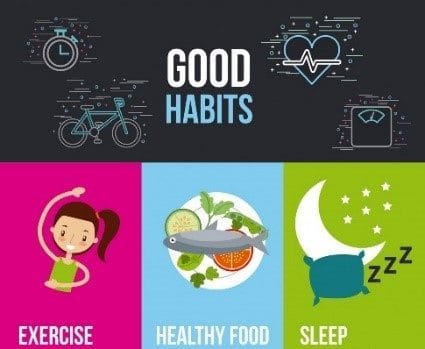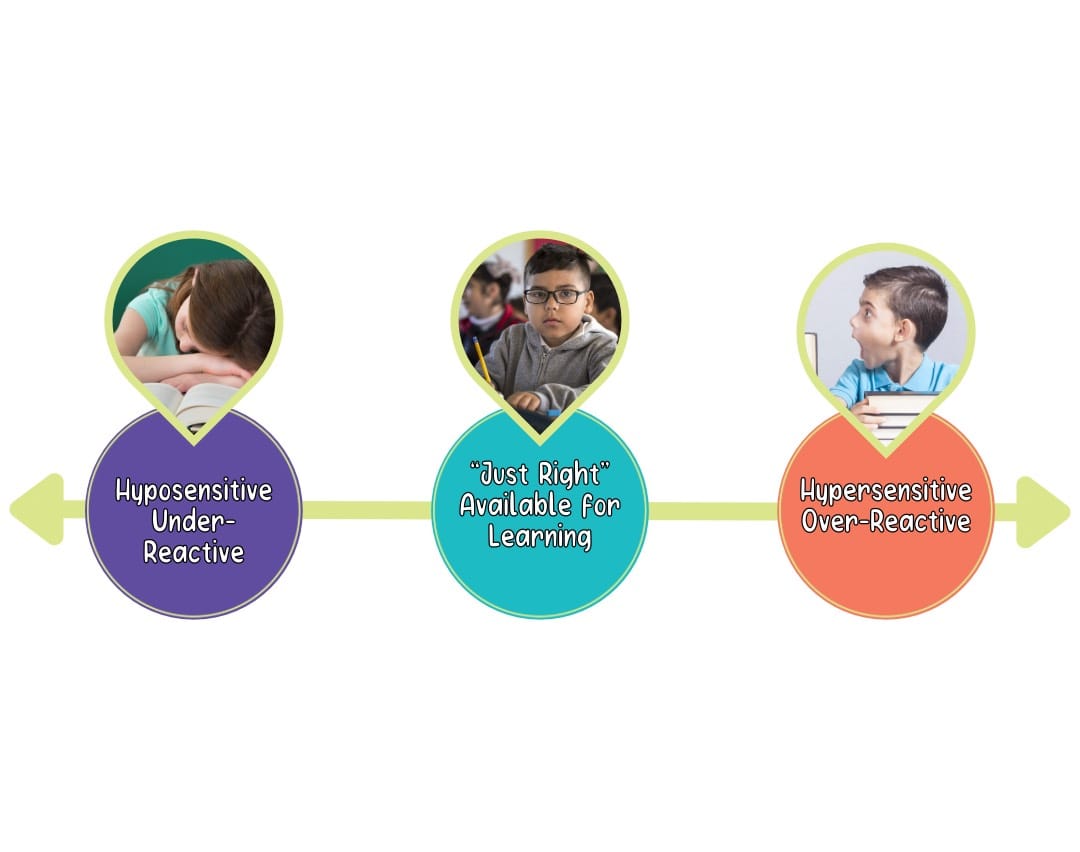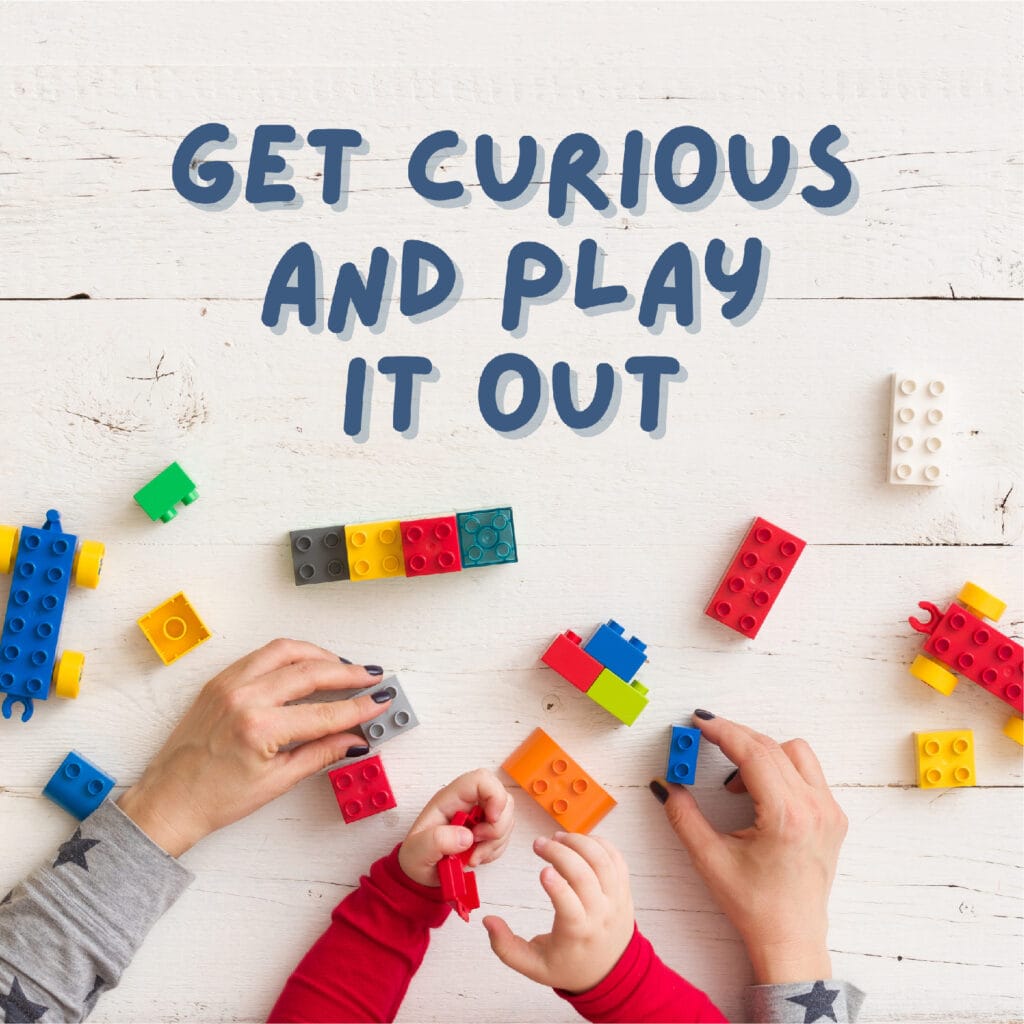“Our children are our garden.
They absorb our stress, just as they absorb our peace.
They absorb our negativity, just as they absorb our joy.
We have the power to control what they absorb,
but first, we must tend to ourselves.”
– Rachel Macy Stafford
After nearly a year and a half of restrictions, social distancing, back-and-forth remote learning, recreation cancellations, and virtual birthdays and holidays, parents are now faced with another summer of uncertainty. “What will be opened/closed?” “Is there a point in planning, or am I potentially setting up my child for disappointment?” These are some of the many questions going through many parents’ minds in anticipation of summer. There is also a pressure – and sometimes expectation – to ensure that our children have a fun summer; a pressure that has been omnipresent long before the summer of 2019. The pressure of providing our children with a fun summer is stressful to think about even without the barriers of restrictions and closures.
We all have an idea of how a summer should be and, especially after enduring a cumbersome year, most families are desperately seeking respite and are looking to hit the pause button to recharge. However, to continue to care for and support our children, we must take care of ourselves first (i.e., “put your oxygen mask on first”). Self-care is essential as it is one of the first things to erode when times get tough, and we subsequently become less equipped to help those around us.
What is - and isn't - self-care
Self-care is not all about relaxing and escaping (i.e. the quintessential spa day). And although it is investing in our well-being in the long run, in the present, self-care can be a very difficult thing to do. Taking care of ourselves may look like sticking to a morning routine, eating healthier food, going regularly for therapy, and similar activities. It is also being proactive by facing problems head-on, rather than being reactive by avoiding them, and then trying to soothe or distract ourselves later.
Another way of looking at it is the regular maintenance of a car: putting in the time and resources regularly so that the car – our bodies – will function better and last longer. Not putting in the consistent time and resources into the car (ourselves) is followed by an inevitable course of deterioration and breakdown. This may result consequently result in taking extra time off or falling behind in work, time away from duties. In other words, when we do not invest proactively, we often pay more in the end, with interest.
“If you don’t make time for your wellness,
you will be forced to make time for your illness.”
– Joyce Sunada
Although self-care has often been synonymous with treating ourselves, it is less about indulging and is more about taking actions for our personal growth and development; aiming to choose what is better for our well-being in the long run. Self-care is something that refuels and nourishes us rather than depleting us. And while many parents struggle with putting themselves first, as they may feel guilty about it, self-care is not a selfish act. Not only is self-care about considering our needs, but it is also about knowing what we need to do to take care of ourselves, and subsequently being able to take care of others in turn. For if we do not take sufficient care of ourselves, we will not be in a place to give to our loved ones either.
“You can’t pour from an empty cup.
Take care of yourself first.”
– Norm Kelly
Given that the quality of our self-care is at high risk when under stress, how can we be proactive about it, especially when our children will be home from school with fewer summer activities to choose from?
3 Pillars of Health


The pillars of health refer to three elements that we require to maintain a well-balanced, healthy lifestyle: emotional, physical, and mental. They include sleep, nutrition, and exercise. These three components affect one another. Our quality of sleep affects our mood, thinking, motivation, appetite, etc. Exercise – or lack thereof – can affect our sleep quality, energy, mood, concentration, and so forth. When one of these three pillars is derailed, we can easily see how quickly the rest fall away as they are all inextricably linked to one another.
Proper Nutrition
Good nutrition is an essential cornerstone for optimizing health and wellness. The challenge is to find a satisfying balance between foods we enjoy eating and what nourish our bodies best. Designing our diet wisely not only enhances health and the enjoyment of eating, but also can relieve feelings of guilt or worry that we are not eating well. While all of us appreciate the occasional meal of burger and fries, it is the overall eating pattern that we choose daily that matters the most in the long run. Choosing an array of healthy food most often enables us to have less nutritious foods infrequently without harm to our overall health with less guilt.
A few reasons why eating nutritious food is a pillar of wellness:
- Improves focus and attention
- Increases energy and vitality
- Enhances immune functioning providing better resistance to disease
- Lowers high blood pressure and blood cholesterol
- Helps reach and maintain a healthy body weight
- Positively influences long-term health
- Prevents nutrient deficiencies
- Improves recovery from illness or injury
Regular Exercise
While daily food choices can powerfully affect our health, the combination of nutrition and physical activity is a dynamic duo that paves the path for wellness. Our body is meant to move. With more people working from home and experiencing restricted activity, this has become more of a challenge. Being sedentary makes us vulnerable to a myriad of health problems. Regular exercise has been shown to improve mood, sleep, memory, learning, as well as attention, among many other benefits. Exercise is also a very effective way to self-regulate; it helps us be more adept at controlling our behaviour, emotions, thoughts, and impulses and to feel more balanced. Although gyms and recreation centres have been closed, one could easily reap the above benefits by choosing other activities to enjoy, such as walking, hiking, jogging, bicycling, jumping rope, or any other activity that keeps you moving. It is important to choose something you enjoy so that you are more likely to do it.
Below are some of the numerous benefits from regular exercise:
- Improved mental health and well-being
- Improved body composition, bone density, and muscle tone
- Enhanced resistance to colds and infections
- Stronger circulation and lung function
- More restful, beneficial sleep
- Lower risk of chronic diseases such as cardiovascular disease, type 2 diabetes, etc.
- Reduced body fat and increased muscle mass
- Faster wound healing
Sufficient Sleep
Often dismissed or overlooked, getting adequate sleep is one of the most important things we can do for our health and is essential for life. The effects of chronic inadequate sleep are incredibly pervasive whereby it is difficult to think of one life aspect that it would not affect negatively. Although both too little sleep (i.e., less than 8 hours) and too much sleep (i.e., more than 12 hours) have been associated with higher depressive symptoms and lower well-being, sleep quality has been shown to outrank sleep quantity in predicting mental health and well-being. This finding may be surprising for some as sleep recommendations predominantly focus on quantity rather than quality of sleep.
Sleep affects everything from energy and appetite to performance, mood, attention, memory, and decision making. During sleep, our body is actively working to support healthy brain function by removing toxins and metabolic “trash” while the body repairs itself getting ready for another day. Chronic sleep loss is associated with obesity, depression, high blood pressure, diabetes, and cardiovascular disease.
Below are some of the numerous benefits of achieving adequate sleep:
- Enhances our memory and problem-solving skills
- Helps us make good decisions and avoid injuries
- Helps us stay motivated, alert, and engaged
- Reduces stress and improves our mood
- Helps us maintain a healthy body weight
- Keeps our immune system strong by helping fight off common infections
- Helps our body repair cell damage caused by stress as well as muscle injuries
- Lowers our risk for serious health problems (e.g., heart disease, diabetes)
For many individuals, trying to implement all of these strategies can be overwhelming. However, it is not an all-or-nothing concept. We can start with small changes and work our way up toward healthier sleep habits, also known as “sleep hygiene.” A few helpful tips to getting more restful sleep are as follows:
- No caffeine before bed (at least 6 hours prior) and limit overall daily caffeine intake
- No screens before bed
- Do not use alcohol as a sleep aid (even small amounts make it difficult to stay asleep)
- Exercise at regular times each day
- Use your bed only for sleep (and bed–related activities) – this means doing work in a separate room.
- i.e., “stimulus control” – cues can elicit either relaxation or stress
- Create a safe and comfortable place to sleep; one that is dark, well ventilated, and as quiet as possible.
- Develop bedtime routine which signals our body to wind down
- Do not look at the time before bed. This puts pressure on us to fall asleep right away and often leads to frustration and more difficulty falling asleep.
- Keep the same schedule: Wake up and go to bed around the same time and limit daytime naps.
- Refrain from checking emails, having upsetting discussions or anything that may be an emotional trigger or potentially upsetting before bedtime.
An easy acronym to remember is SLEEP:
Set a regular bedtime;
Limit the use of the bedroom;
Exit the bedroom if you are not asleep in 15-20 minutes;
Eliminate naps;
Put your feet on the floor at the same time every morning.
Take home message
If one or more of these 3 pillars of health are compromised, we are not giving ourselves a fighting chance to cope effectively with the environment and impending demands, let alone be present with our children with the love, affection, and attention that they need and deserve.
Achieving optimal wellness and supporting our health is a lifelong gift that keeps on giving. When we consistently practice fitting the pieces of the puzzle together – good nutrition, regular exercise, and sufficient sleep – we are well on our way to achieving this goal. When we feel well, nourished, and restored – there is more of us to give and to take care of others.
– Lida Worobec
References
Carron, A. V., Hausenblas, H. A., & Estabrooks, P. A. (2003). The psychology of physical activity. McGraw-Hill Companies, Inc.
Guest, C., Guest, D. D., & Smith-Coggins, R. (2020). How to care for the basics: Sleep, nutrition, Exercise, and health. In: Roberts L. (eds) Roberts Academic Medicine Handbook. Springer, Cham. (pp. 572-580).
Rath, T. (2014). Eat, move, sleep: How small choices lead to big changes. Missionday Publishing.

MORE COMMON THAN YOU THINK
- 1 in 7 children suffers from mental illness in Manitoba (Chartier et al., 2016).
- 70% of mental health problems have their onset in childhood or adolescence (Government of Canada, 2006).
There Is Hope The good news is that mental illness can be treated effectively. There are things that can be done to prevent mental illness and its impact and help improve the lives of children experiencing mental health concerns. Early intervention is best.
How KIDTHINK Can Help
To make a referral contact us
For additional resources










